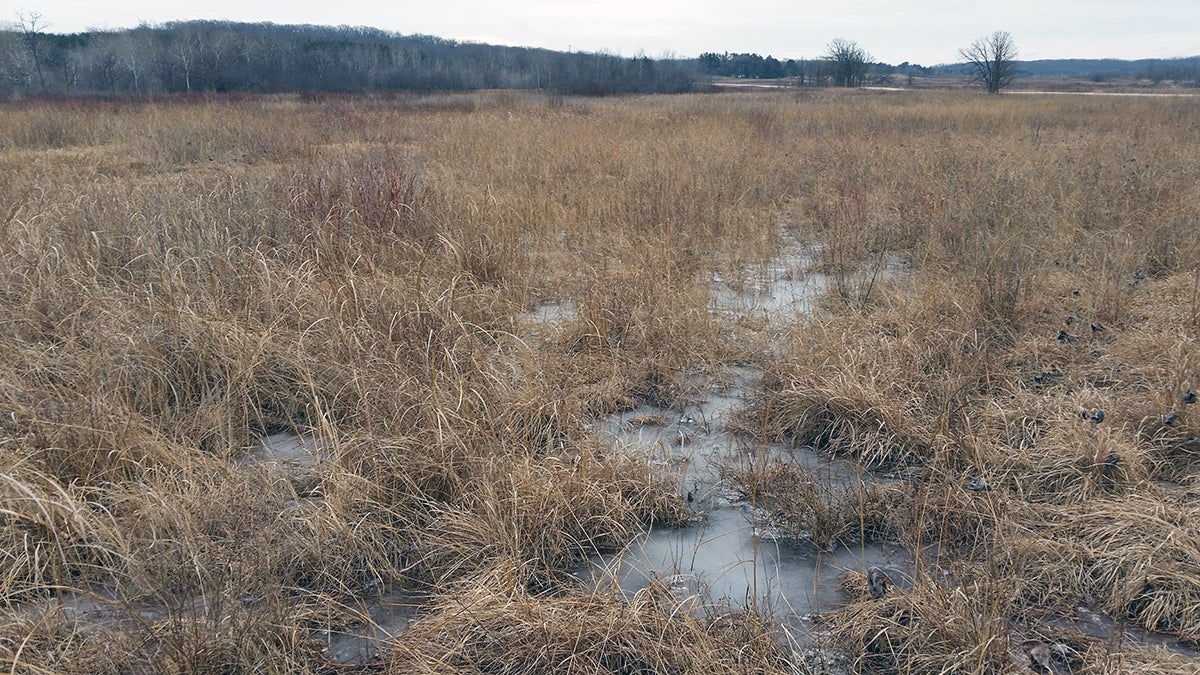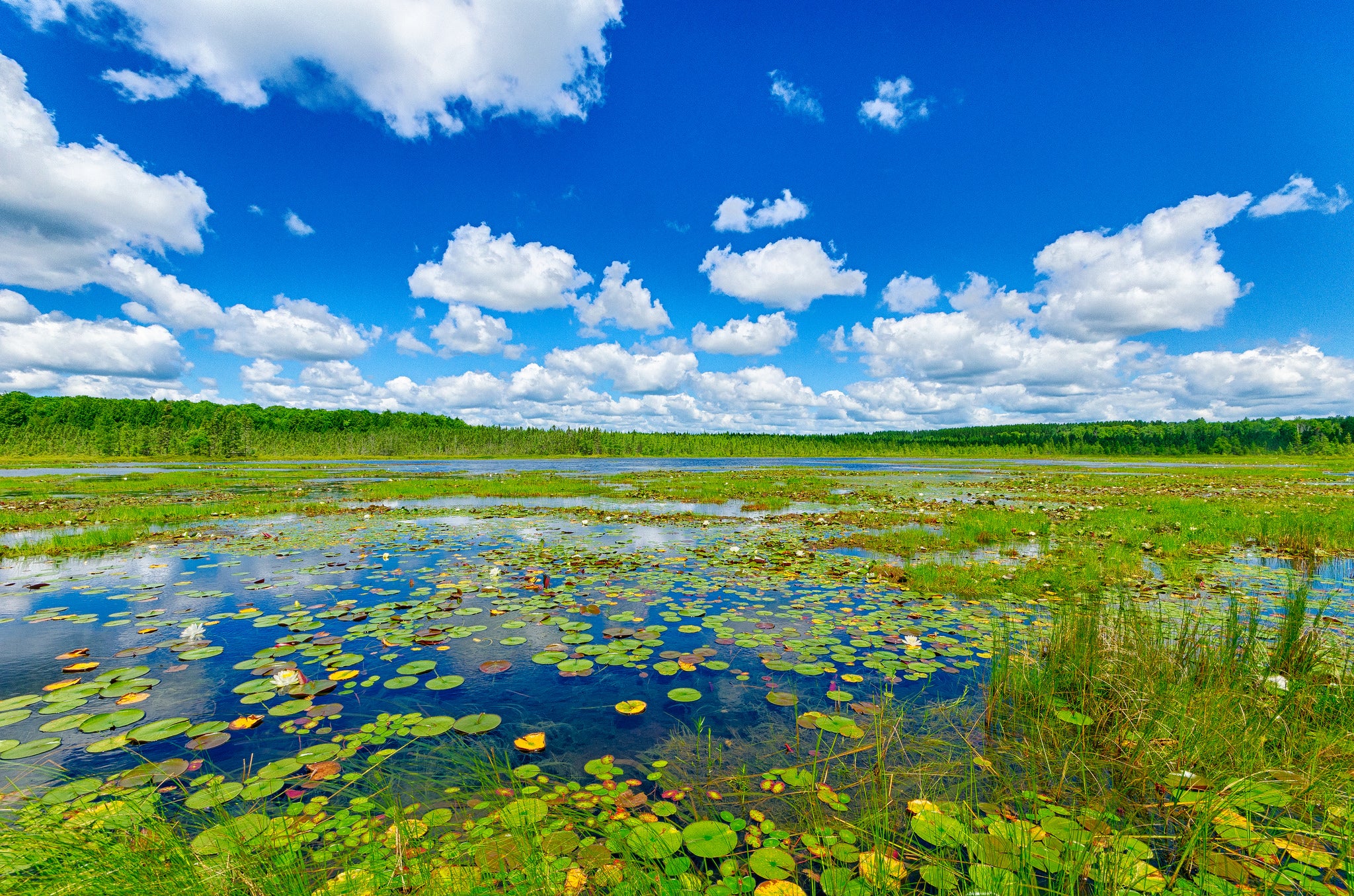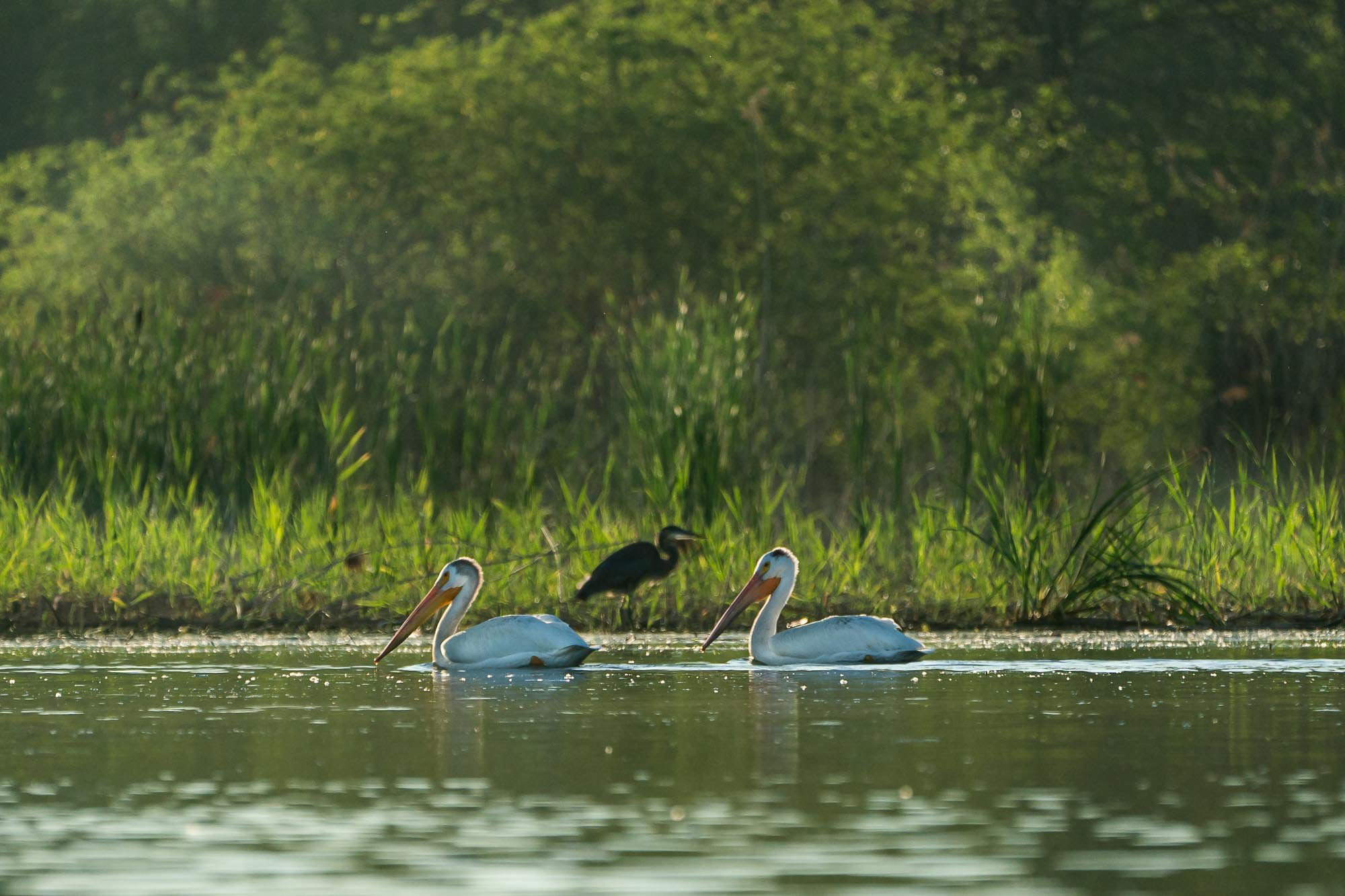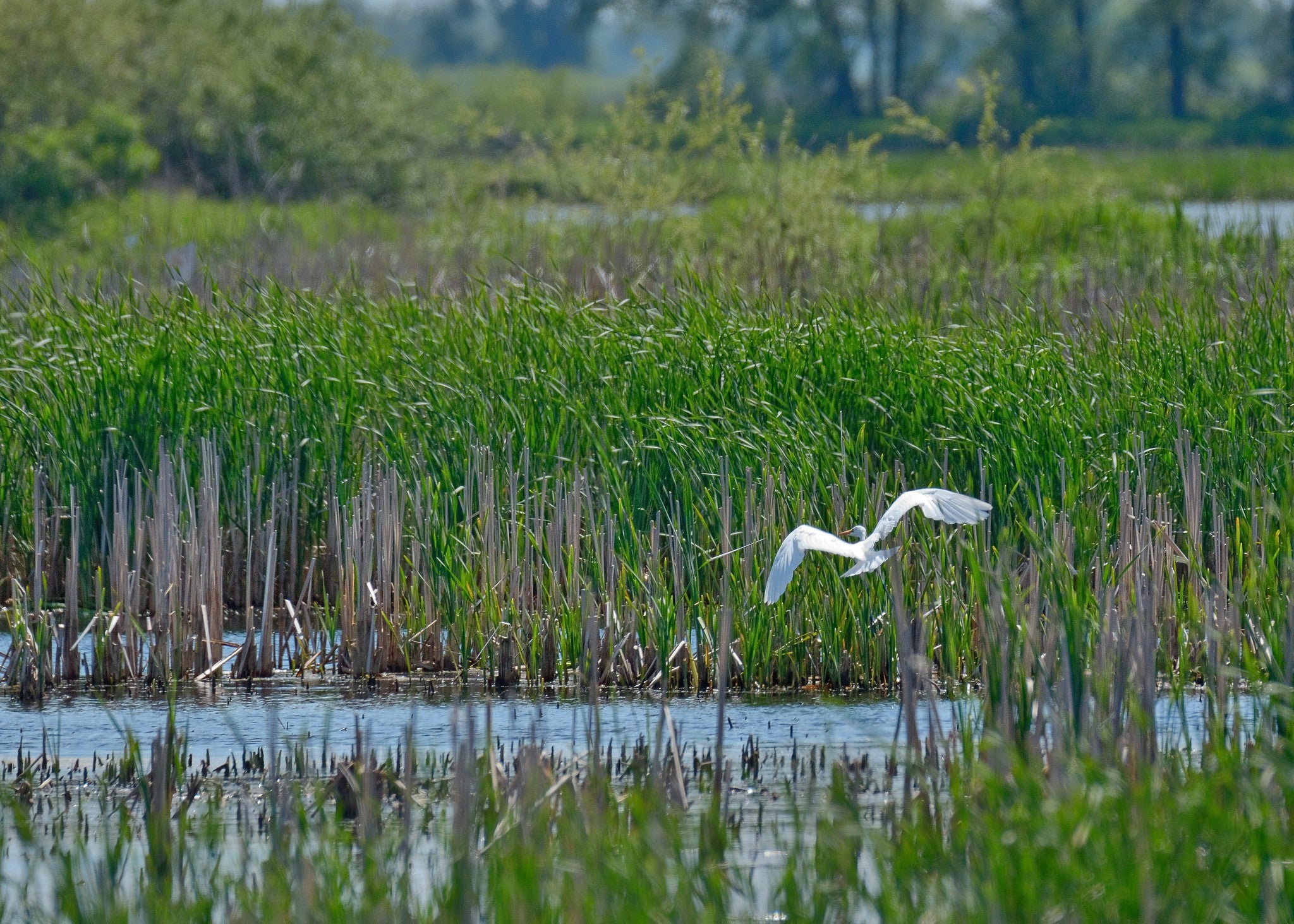Advocates for Wisconsin’s wetlands are worried about the future.
On one side, they see longstanding threats to wetlands like climate change. On the other, they fear state policy changes loosening regulations will do additional damage to the complex ecosystems — or what’s left of them.
Over the last nearly two centuries, Wisconsin has lost almost half of its original 10 million acres of wetlands. The Wisconsin Department of Natural Resources says in southern Wisconsin, the loss of wetlands is well over 75 percent.
News with a little more humanity
WPR’s “Wisconsin Today” newsletter keeps you connected to the state you love without feeling overwhelmed. No paywall. No agenda. No corporate filter.
Now conservationists are pushing back against Republican legislation headed to Gov. Scott Walker’s desk that would make it easier for landowners and businesses to destroy acres smaller wetlands remnants in the state.
Unique And Rare
Recently DNR biologists Cory Peters and Pat Trochell (now retired) led a tour of the Scuppernong Prairie State Natural Area in western Waukesha County for about 30 members of the Wisconsin Wetlands Association.

Retired DNR biologist Pat Trochell says Scuppernong is a rare example of a wet-mesic prairie. Chuck Quirmbach/WPR
Trochell’s appreciation for wetlands was palpable as she pointed out various flora like prairie dropseed — little clumps of grass that are just one of the important plant types in Scuppernong’s combination prairie and wetland, or what’s called a wet-mesic prairie.
“This type of wetland is so unique and so rare. To get a wet-mesic prairie in this kind of good condition, there’s just so little,” Trochell said.
“Remnant stuff of this quality, they’re just not out there, really,” Peters added. “Especially in this part of the state with the land use you can see around here.”
Pro-Environment Or A ‘Significant Rollback’?
While Scuppernong remains a rare resource, some environmentalists say the state is facing a major challenge to a sizable chunk of its wetlands, especially so-called isolated wetlands that aren’t linked to major bodies of water and, therefore, aren’t under federal protections.
State lawmakers last week gave final passage to a bill that would exempt the development of 1-acre wetlands in urban areas from a DNR permitting process. Though saying it’s needed to help business, state Sen. Roger Roth, R-Oshkosh, also argues the measure would be pro-environment.
“Under this bill, we incentivize development to happen right in your cities, your villages, so we can protect against urban sprawl,” Roth told the Senate.
Farmers and other rural residents would be able to develop up to 3 acres of wetlands, but Roth added that both urban and rural developers may have to create other wetlands elsewhere, depending on the size of their projects.
Passage of the bill was not warmly greeted at the Wisconsin Wetlands Association conference late last week in Lake Geneva.
“By any measure that we put this up against, it is a fairly significant rollback to the protections that we had on the books originally,” said Erin O’Brien, WWA policy-programs director.
O’Brien said that earlier in the legislative process, lawmakers removed what she regarded as some of the most harmful language. But she said losing tens of thousands, or maybe hundreds of thousands of acres of small wetlands would still be a problem.
Protective Resources
“What’s not very well-understood is that these small areas add up abundantly on the landscape to provide very important protective services to our communities. Most importantly, flood storage and reduction of peak flows during severe weather, which we’re seeing more of recently,” O’Brien told WPR.
Many scientists say frequency in bouts of severe weather may be linked to climate change. Retired University of Wisconsin-Madison limnology professor and member of the Wisconsin Initiative On Climate Change Impacts, John Magnuson, expects more warming and an increase in extreme weather events.
Magnuson said wetlands — where they still exist — should be able to help during heavy rains.
“A lot of wetlands have been eliminated from the Lake Mendota watershed, more than half. And so, already, we’ve lost some of those protective values in all of those regards,” Magnuson said.
At some of the remaining wetlands, the issue isn’t downpours, it’s the potential under climate change for extended drought.
Gary Sullivan, a restoration ecologist with the Chicago-based nonprofit Wetlands Initiative, said some of the work he does is changing wetland topography to keep water on site.
“And so its loss is through evaporation and not drainage,” he said. “Then you have a much better chance of keeping those wetlands wet, and even during dry years, the goal would be to keep them wet long enough for the many different animals that depend on them, especially frogs and salamanders, to breed in.”
Sullivan says some wetlands won’t need a makeover overnight. But with a changing climate, he predicts many more will need the help over the next 30 to 50 years.
Shawn Johnson contributed reporting to this story.
Wisconsin Public Radio, © Copyright 2026, Board of Regents of the University of Wisconsin System and Wisconsin Educational Communications Board.




